Life
Sign up for our newsletter
We summarize the week's scientific breakthroughs every Thursday.
-
 Neuroscience
NeuroscienceLab tests aren’t the answer for every science question
Acting Editor in Chief Elizabeth Quill discusses the value of observational science.
-
 Animals
AnimalsColorful pinwheel puts a new spin on mouse pregnancy
Among the winners of the 2017 Wellcome Image Awards is a rainbow of mouse placentas that shows how a mother’s immune system affects placental development.
-
 Animals
AnimalsTool use in sea otters doesn’t run in the family
A genetic study suggests that tool-use behavior isn’t hereditary in sea otters, and that only some animals need to use tools due to the type of food available in their ecosystem.
-
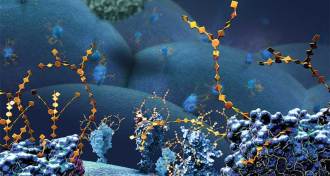 Health & Medicine
Health & MedicineCancer cells cast a sweet spell on the immune system
Tumors have surface sugars that persuade the body’s defenses to look the other way. New therapies are being devised to break the trance.
-
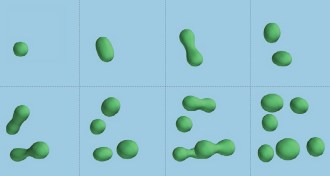 Life
LifeLife on Earth may have begun as dividing droplets
Chemical droplets could split and reproduce in the presence of an energy source, new computer simulations suggest.
-
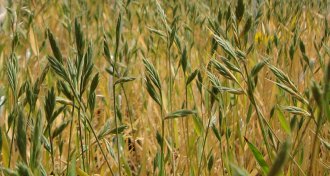 Plants
PlantsGenetic switch offers clue to why grasses are survival masters
Scientists have identified a genetic switch that helps grasses regulate their carbon dioxide intake.
-
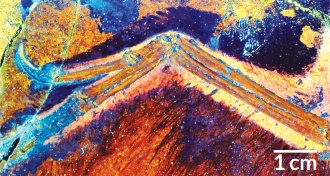 Paleontology
PaleontologyUnder lasers, a feathered dino shows some skin
Laser-stimulated fluorescence reveals detailed images of soft tissue in a feathered dinosaur from 160 million years ago.
-
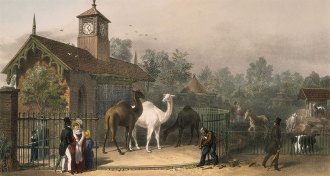 Animals
AnimalsShocking stories tell tale of London Zoo’s founding
In The Zoo, Isobel Charman pens a gripping narrative of the London Zoo’s early days, when workers had a hard time keeping animals alive.
By Meghan Rosen -
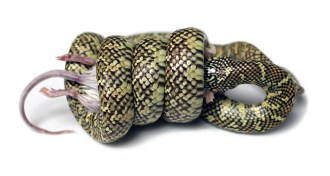 Ecosystems
EcosystemsA king snake’s strength is in its squeeze
King snakes feast on other, larger snakes, perhaps thanks to superior constricting abilities, new research suggests.
-
 Neuroscience
NeuroscienceSmartphones may be changing the way we think
We rely on our digital devices to connect with others and for memory and navigation shortcuts. What is that doing to our brains?
-
 Animals
AnimalsDetachable scales turn this gecko into an escape artist
A new species of gecko evades predators by shedding its scaly armor.
-
 Animals
AnimalsHow one enslaving wasp eats through another
A wasp that forces oaks to grow a gall gets tricked into digging an escape tunnel for its killers.
By Susan Milius